Water sanitation, such as collecting and treating wastewater, is vital to maintaining public health and well-being. Nowadays, it is hard to imagine our lives without functioning sewage systems. However, thousands of years ago, humanity did not have such systems for water supply and sanitation. This begs the question: How did it all begin? Who invented sewage systems?
It was the Romans...right?
In the context of ancient civilisations, the Romans are often credited with the development of water sanitation. While it is true that they made significant advancements to the system, they were not the very first. We need to go back in time even further to one of the world’s earliest major cities: Mohenjo-daro.
It was the Indus Valley Civilisation!
The city of Mohenjo-daro is located Pakistan and was populated by the Indus Valley Civilisation from around 2,500 to 1,700 BCE by ca. 40,000 people. Around the same time, civilisations such as Ancient Egypt or Mesopotamia were thriving as well.
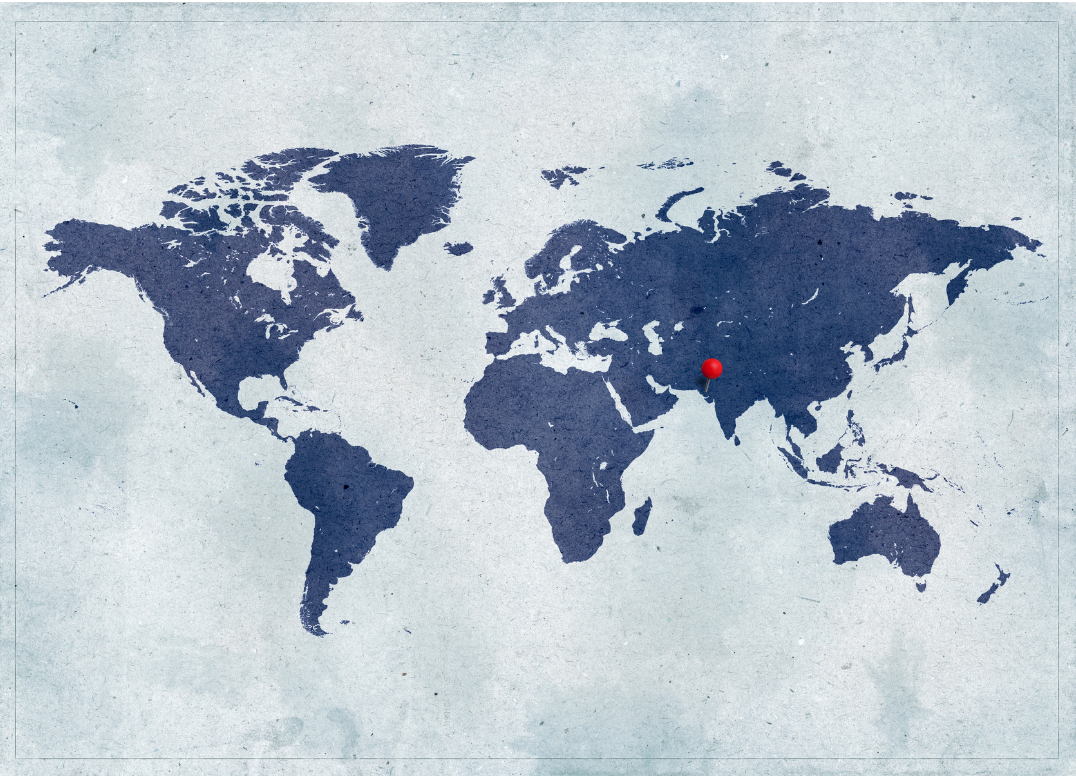
The ancient Indus Valley Civilisation is believed to have had some of the earliest known sanitation systems. Mohenjo-daro featured an advanced system of wastewater drainage and a network of covered drains. The layout of the city suggests a planned approach to managing sanitation. The city had numerous public wells, providing a centralised water supply for the residents. These wells were strategically placed to serve the needs of different neighborhoods.
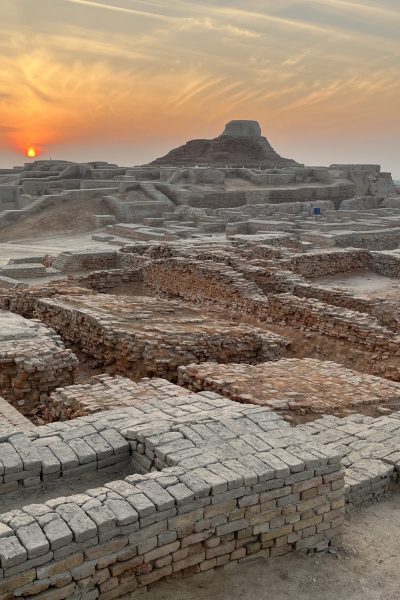
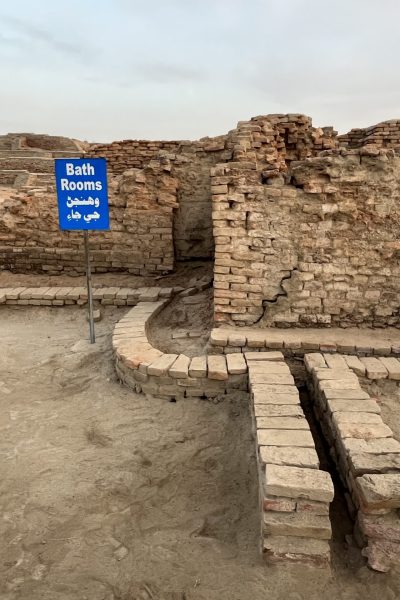
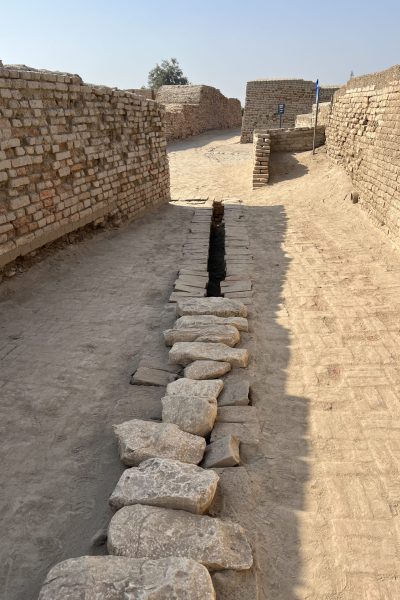
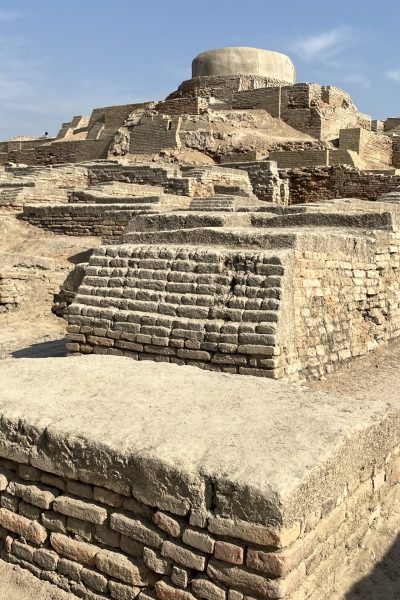
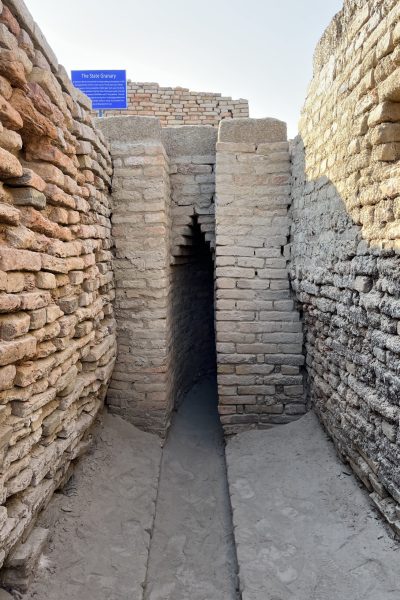
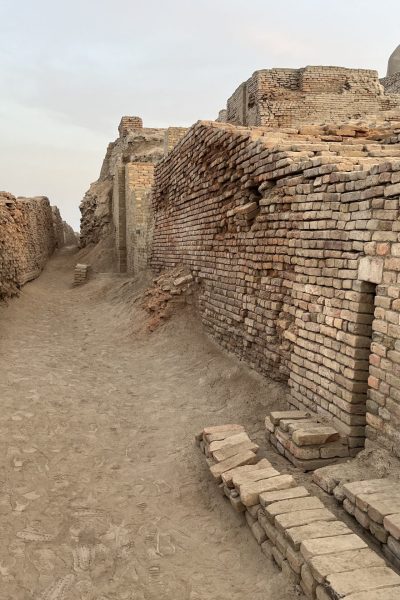
What would the Indus Valley Civilisation say to our AI-optimized wastewater treatment nowadays? We have certainly come a long way!